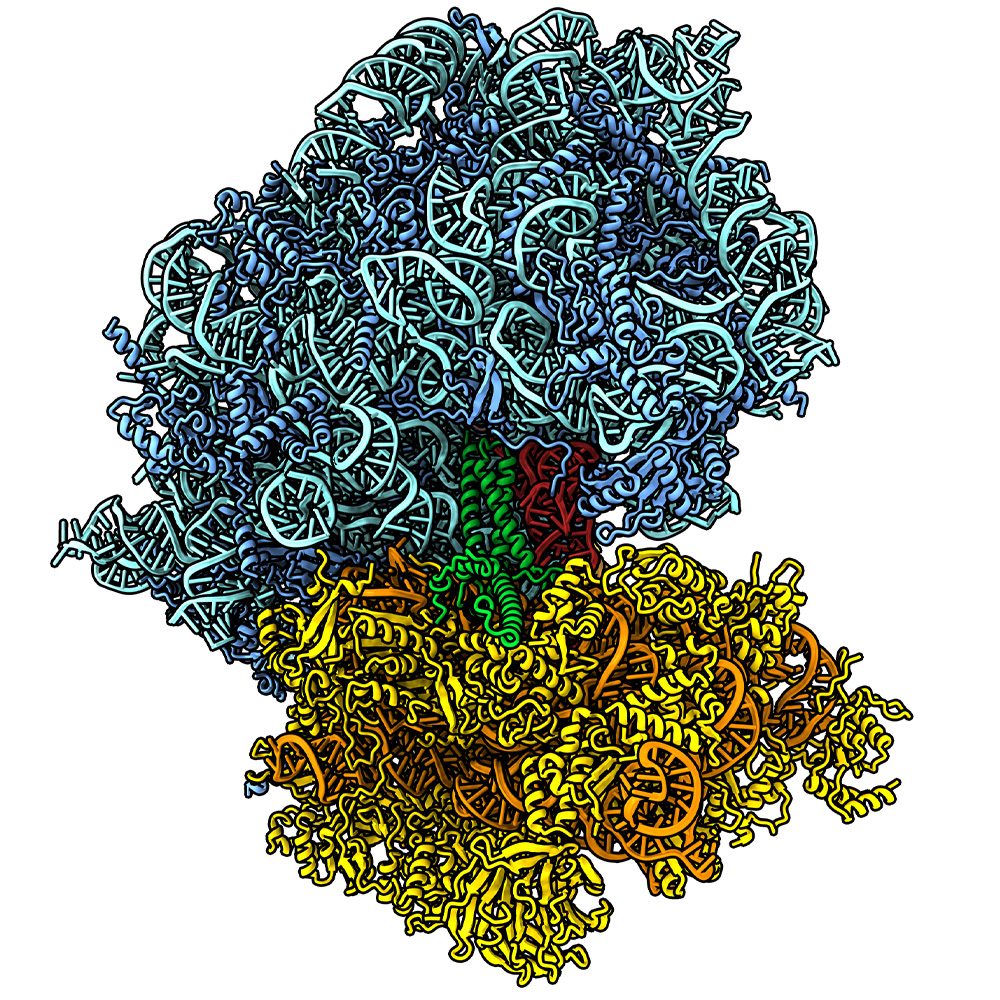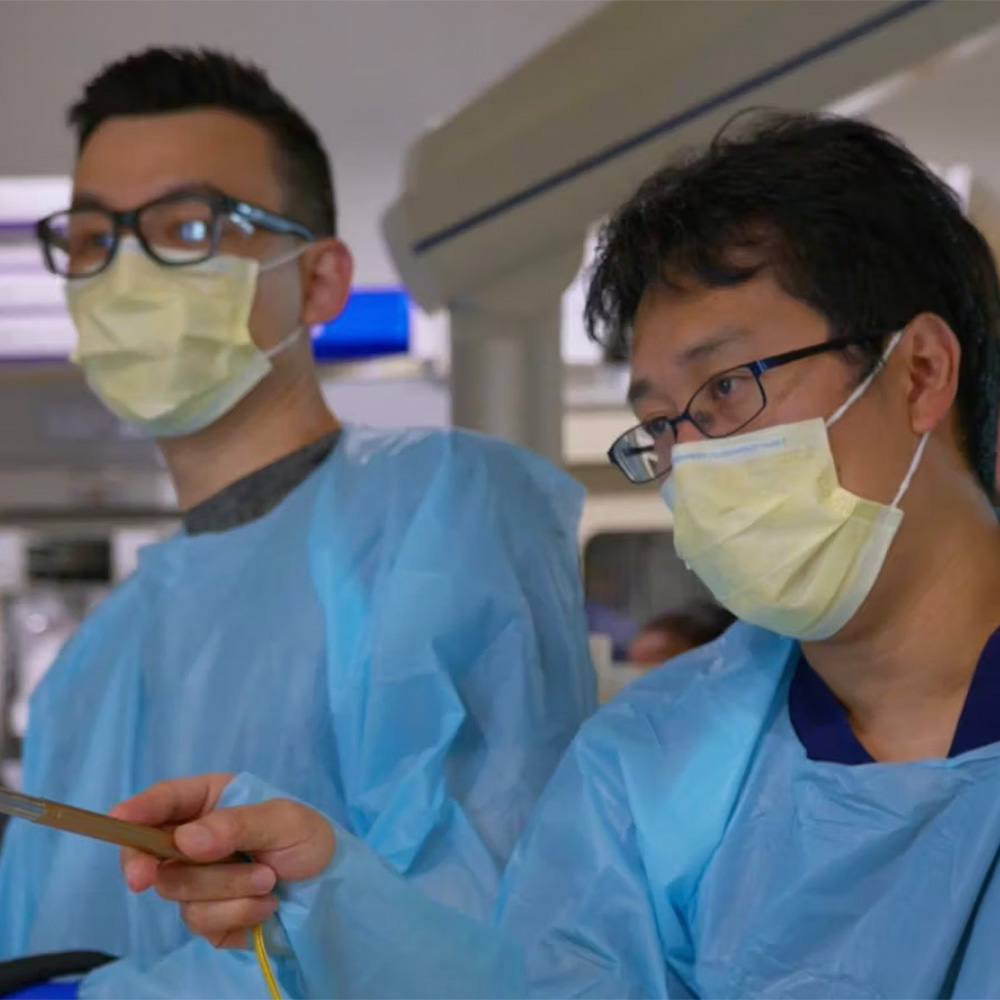Bioinformatics computer model predicts most aggressive forms of lung cancers
What does game-changing patient care of the future look like? It merges clinical innovation with sophisticated technology, solving problems such as how to determine which lung cancer patients have the best prognosis.

Using the tools of bioinformatics, a field that manages and analyzes extremely large sets of research data to solve scientific and clinical challenges, UT Southwestern evaluated more than 900 differences in the shape and structure of cancer cells and found that just 12 to 18 features could predict the risk.
“This computational approach should someday make it possible for doctors to tailor the treatment of individual patients based on risk predicted by computer algorithms – for instance, choosing to treat patients at higher risk more aggressively,” said Dr. Guanghua “Andy” Xiao, Associate Professor of Clinical Sciences and Bioinformatics whose research team developed this approach.
The Lyda Hill Department of Bioinformatics, under which this important work is taking place, was established in 2015 with an exceptional $25 million gift from Lyda Hill.
In this study, researchers examined two subtypes of non-small cell lung cancer, the most common cause of lung cancer deaths. The UT Southwestern algorithms were developed based on scanned images in The Cancer Genome Atlas of routine cancer tissue slides used by pathologists to differentiate between malignant and benign tumors. After sorting through more than 3,000 slides for features such as cell size, shape, distribution, texture, and location of nuclei, the scientists were able to identify features to segregate cancers into aggressive and less-aggressive groups. Patients in the high-risk, aggressive group had more than twice the risk of death as those identified in the low-risk group.
“If we can someday use this clinically, we could provide patients in the high-risk group with more aggressive treatment, while patients in the low-risk group could receive effective treatments with fewer toxic side effects,” Dr. Xiao said.
Dr. Xiao, a member of the Quantitative Biomedical Research Center and the Harold C. Simmons Comprehensive Cancer Center, explained that pathologists routinely examine cancer tissue slides for lung cancer diagnosis and prognosis in a time-consuming, subjective process that relies on their highly trained memories, causing variation. In contrast, the computational approach augments the human touch. It needs only a pathological imaging scanner and a desktop computer.
The team is exploring the possibility of patenting the process. Before this computerized image analysis can be used clinically, however, it must be tested in a prospective study, Dr. Xiao said.




